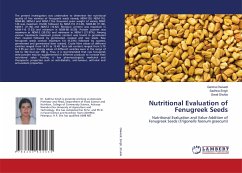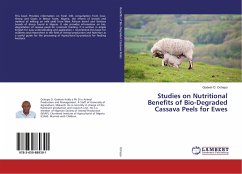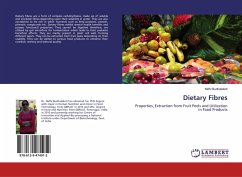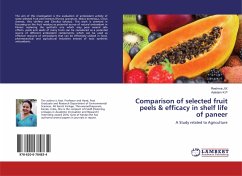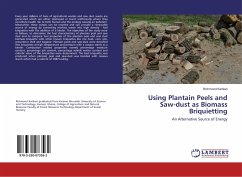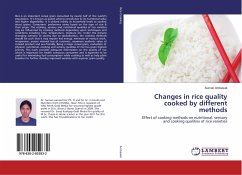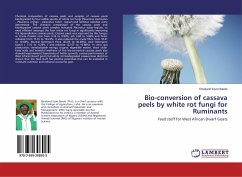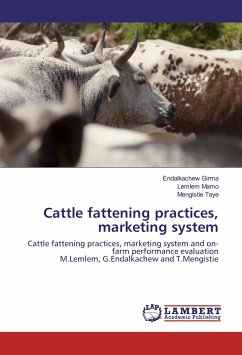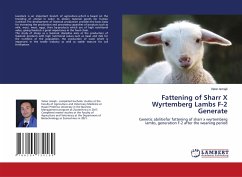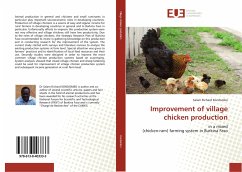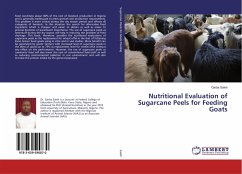
Nutritional Evaluation of Sugarcane Peels for Feeding Goats
Versandkostenfrei!
Versandfertig in 6-10 Tagen
43,99 €
inkl. MwSt.

PAYBACK Punkte
22 °P sammeln!
Feed constitute about 80% of the cost of livestock production in Nigeria and is generally inadequate to meet growth and production requirements. This problem is more critical during the dry season period and affects all categories of livestock. In this situation the search for alternative feed ingredient which is cheaper and easier to obtain as well as easier to process becomes of paramount importance. The use of sugarcane peels as feed-stuff during the dry season will help in reducing the problem of feed shortage. This book, therefore, provides the nutritional evaluations of sugarcane peels a...
Feed constitute about 80% of the cost of livestock production in Nigeria and is generally inadequate to meet growth and production requirements. This problem is more critical during the dry season period and affects all categories of livestock. In this situation the search for alternative feed ingredient which is cheaper and easier to obtain as well as easier to process becomes of paramount importance. The use of sugarcane peels as feed-stuff during the dry season will help in reducing the problem of feed shortage. This book, therefore, provides the nutritional evaluations of sugarcane peels as the replacement for wheat offal in the diet of fattening Kano brown buck goats using in vitro and in vivo studies. More benefit can be generated by goats' farmers with increased level of sugarcane peels in the diets of goats up to 75% as replacement level for wheat offal without any effect on the performance. However, the use of sugarcane peels as ruminants' feed will also lower the cost of conventional feed-stuff as well as reducing environmental pollution in our environment and will also increase the protein intake by the general populace.



